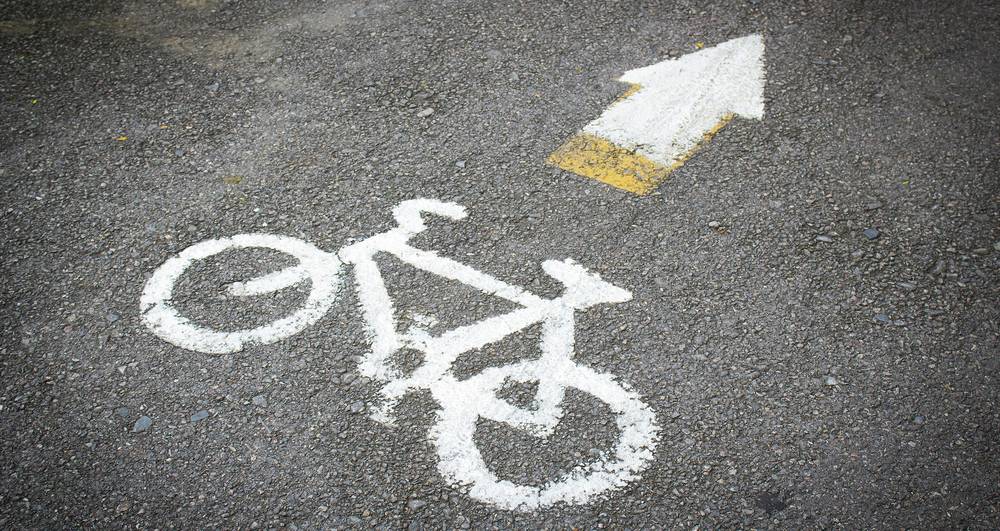“Don’t make your drive that important,” Zabi Naqshband says. Those words from the avid cyclist and service manager at McGhie’s Ski, Bike & Board address a frightening statistic: In the past eight months, eight cyclists have died on local roadways. According to a June segment on KNPR addressing seven of those deaths, four involved driver error.
The community’s most recent loss came earlier this month, when Bike Blast Las Vegas founder Matthew Hunt was hit from behind near Treasure Island. Hunt died on August 9, leaving behind a wife and two young children. “He started his own business for [cycling] tours, because he loved bikes. He loved people,” says McGhie’s general manager Jon Horenziak, Hunt’s friend and fellow cyclist. “He quit everything to start Bike Blast.”
Horenziak thinks roads could be safer with focused efforts to improve the sometimes-unfriendly relationship between cyclists and drivers, and to increase bike awareness. “If you look at the Southern Nevada Water Authority, they do a really good job keeping everybody water-conscious,” he says. “You’re constantly thinking about it, ’cause it’s in your face.” Horenziak and Naqshband suggest the DMV should run similar ads on how to appropriately share the road, and increase standards by educating soon-to-be drivers on cycling law or by providing incentives to pass bicycle-awareness tests.
Some might not realize that cyclists have the same right to the road and must follow the same rules, according to NRS 484B.777. It’s legal for cyclists to ride in a primary lane, with no law requiring them to stay in the shoulder or bike lane. In turn, cyclists must use the right and left turn lanes, stop at stop signs, wear reflectors and ride with traffic—never against it. And if drivers pass someone on a bike, they’re required to move to the left lane when possible. Can’t move a full lane? Remember that cyclists are always more vulnerable to injury, and give a minimum cushion of three feet.
It might not happen overnight, but with more acceptance and awareness on both sides, we can make the roads safer for everyone.








